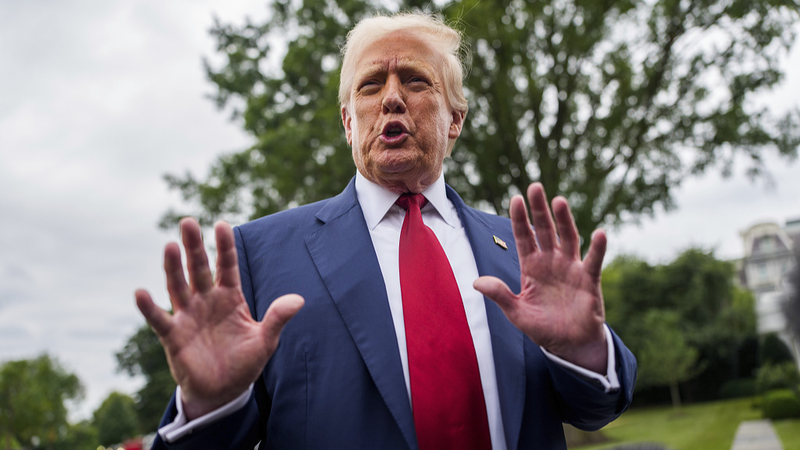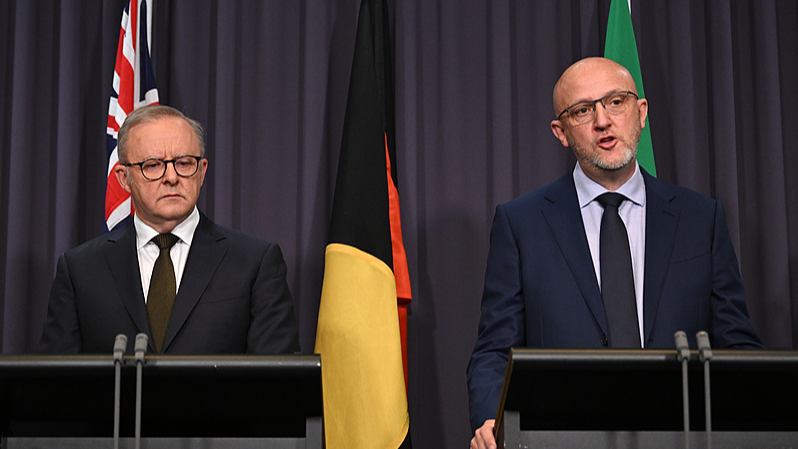In a CNBC interview on Tuesday, U.S. President Donald Trump outlined a bold plan to reshape the pharmaceutical and semiconductor landscape with sweeping tariffs on foreign-made products. The proposed tariffs could eventually climb to 250 percent—the highest rate ever threatened by a U.S. administration.
Trump said the measures would start at a "small" level but would rise swiftly: in one year to 150 percent, and in 18 months to 250 percent. While the initial rate and launch date remain under wraps, the White House urged caution until an official announcement drops.
Key details at a glance
- Pharma tariffs: Starting small, rising to 150 percent in one year, then 250 percent by 18 months.
- Chip duties: New tariffs on semiconductors expected next week.
- Goal: Incentivize onshore production and strengthen supply chain security.
For young entrepreneurs and global travelers, these moves signal a potential shift in drug pricing and tech costs. Economists warn that steeper import taxes could raise domestic prices before U.S. factories ramp up output. On the flip side, reshoring manufacturing could create new jobs and reduce reliance on overseas supply.
Healthcare startups and tech firms will be monitoring details closely. If finalized, the tariffs could reshape investment flows, push innovation in drug manufacturing, and spark a global response from trading partners. The announcement due next week on chips will add another layer to the evolving trade playbook.
Stay tuned as policy meets the market—this story will be key for anyone tracking healthcare, tech innovation, and global trade dynamics.
Reference(s):
Trump eyes 250 percent tariffs on medicine, but will start 'small'
cgtn.com


